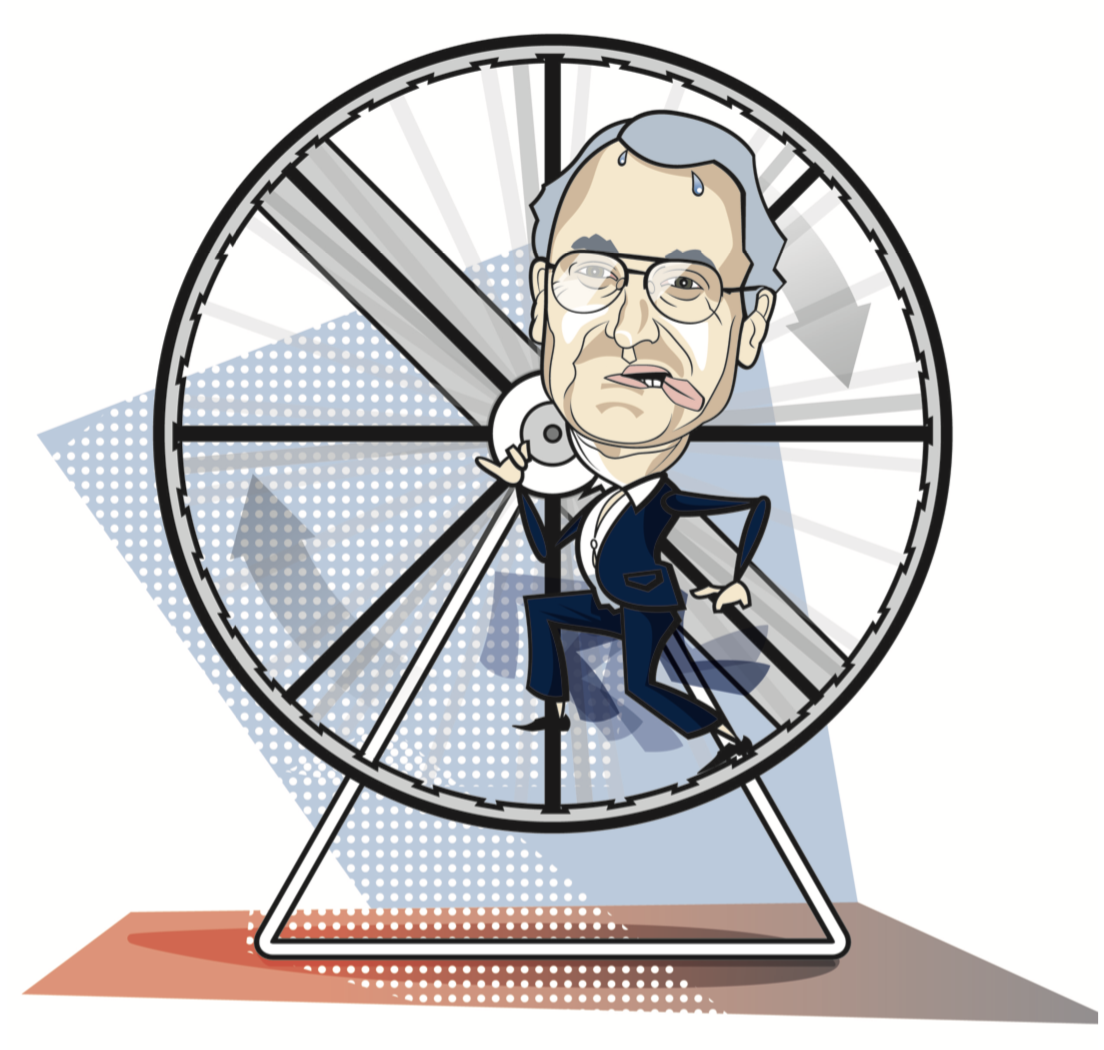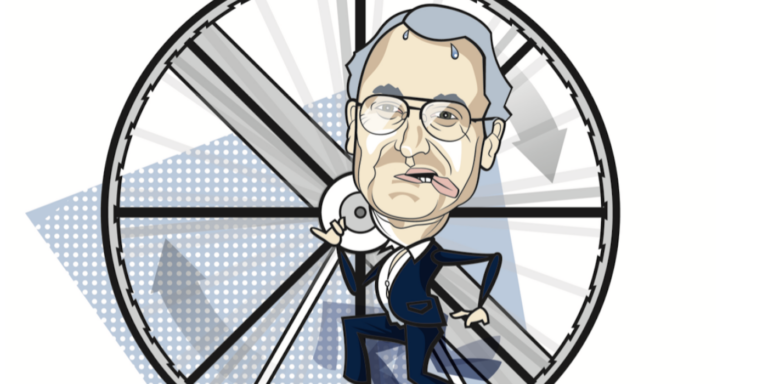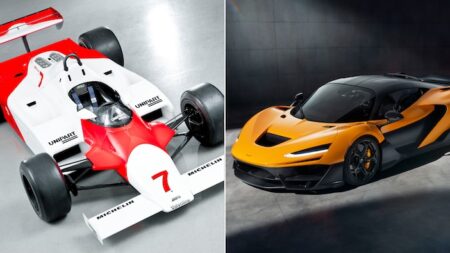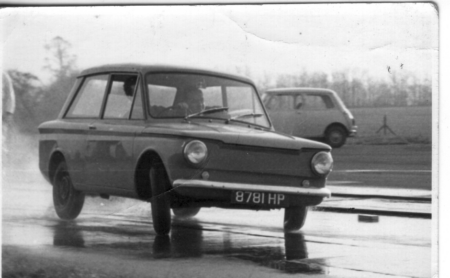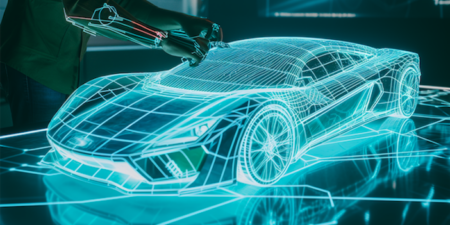The first true active suspension car – a modified Lotus Esprit (full story here) – was running at Snetterton on the day Colin Chapman died. Backing the project was perhaps his last engineering gamble. There was an eerie sensation of no cornering roll at all and no pitching – an absolutely level body, yet suspension that was absorbing all the major bumps in the Lotus track surface. Peter Wright, who headed the program, then fiddled with some sliding potentiometers on the fascia and dialled in oversteer and understeer on demand – braking dive or pitch up on demand. Note it was Dave Williams of Cranfield who demonstrated to Wright that it was possible to apply aircraft stability control technology in a car suspension system to synthesise springs with a hydraulic actuator.
Nowadays, active cars have springs to carry the static body weight thus saving power, but the Esprit had no springs. At the time I couldn’t really get my head around how it was possible for a hydraulic actuator to behave like a spring – reacting so quickly to keep the tire contact patch loads constant over all the bumps and dips in the road and keep the car level – but also perform the damping function. This was in addition to being able to separate roll, heave, and pitch modes and have roll stiffness distribution changes at the touch of a slider. Being able to change any handling mode at the touch of a computer keypad was a seductive technology, so much so that the active suspension department at Lotus grew massively to fulfil the demand for technology demonstrators. A relationship between Lotus and Michelin blossomed as the tire company thought it was worthwhile to develop a tyre construction specifically for active vehicles.
The active department at Lotus was now 100 strong. With no roll or pitch achievable, suspension geometries were to become almost irrelevant. All modes would be digitally controlled. Manufacturers were all talking active suspension of one type or another, but for real-world cars there began to emerge fundamental problems apart from cost and potential failure modes.
“When it came to body control, Lotus Active cars were sensational. Over roads that would have a normal car taking off over yumps, a Lotus Active-equipped car would cruise over like a battleship”
The biggest one was NVH. In a racing car there is no compliance, and in CERV 3, an experimental, four- wheel-drive 322km/h (200mph) demonstrator built for GM during its ownership of Lotus, the suspension was ball-jointed, but the whole body was flexibly mounted to the backbone chassis to give isolation. Giving 2,500psi the hydraulic pump howled, the pipework groaned, and just as importantly there were absolutely fundamental problems in connecting a very powerful hydraulic actuator to the body. Rubber mountings are essential to isolate the body from road noise. Connecting a very powerful hydraulic actuator to the body via a rubber mounting introduced a real spring into the system, a spring of variable rate and damping depending on temperature and the great variability in rubber characteristics.
To my mind, rubber and Active don’t mix. It may be alright for a low-bandwidth system, but with the Moog valves in the Lotus system able to operate at up to 30Hz (to deal with very small road surface irregularities), the control loop was broken by the rubber that introduced unpredictable delays into the system, which in turn could not be reliably compensated for by any modification to the control software. Even using the standard car’s suspension bushes elsewhere, the NVH was still terrible!
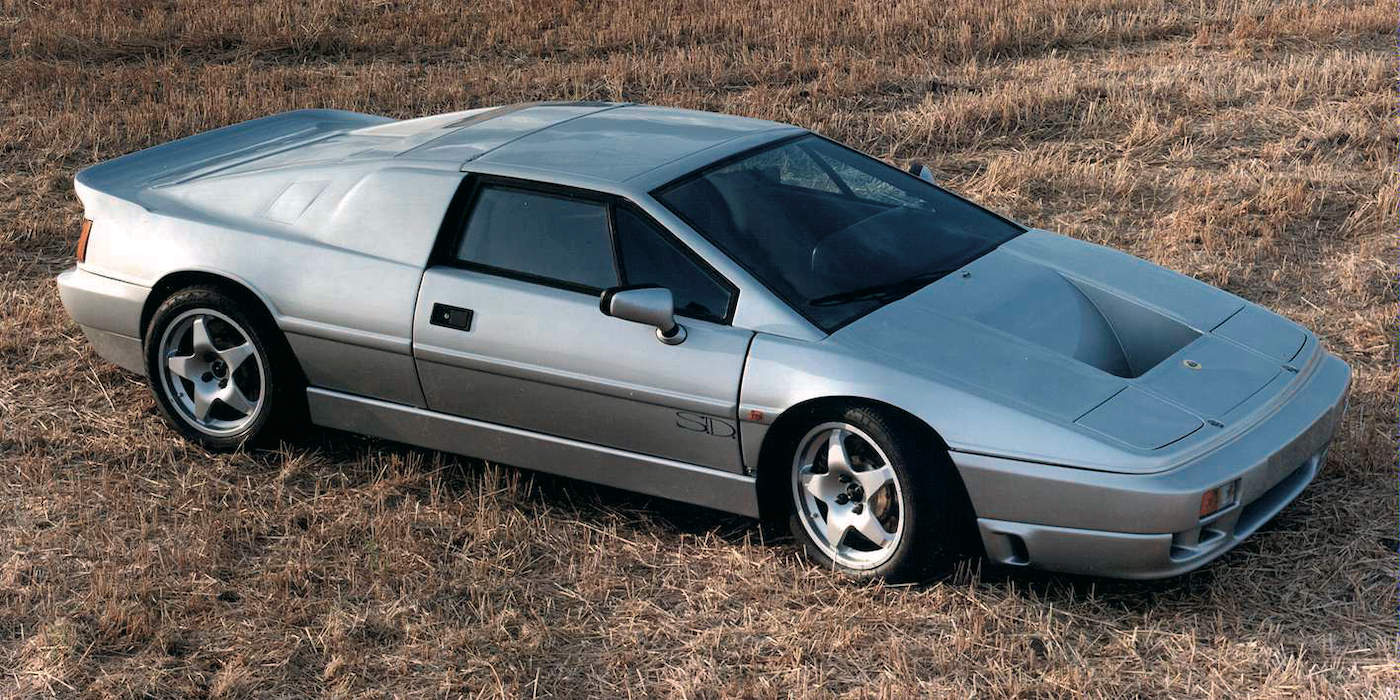
When it came to basic body control, Lotus Active cars were sensational. Over roads that would have a normal car taking off over a succession of ‘yumps’, a Lotus Active-equipped car would cruise over like a battleship. Half the advantage was that the wheels were driven down into hollows rather than the body compressing and then firing off the next peak. To support a typical 1,500kg car over these sort of challenging surfaces needed a lot of hydraulic authority and that meant a lot of power to drive a pump of required flow. Supporting the car on normal springs to carry the static weight of the body helped a lot, but plenty of hydraulic authority was still required.
Active road cars were technically interesting in the way you could separate all the modal functions – no roll but some pitch, no pitch and some roll, etc – but I never particularly enjoyed the driving experience because of the lack of road feel. I always felt much more comfortable at the limit in a traditionally sprung car.
